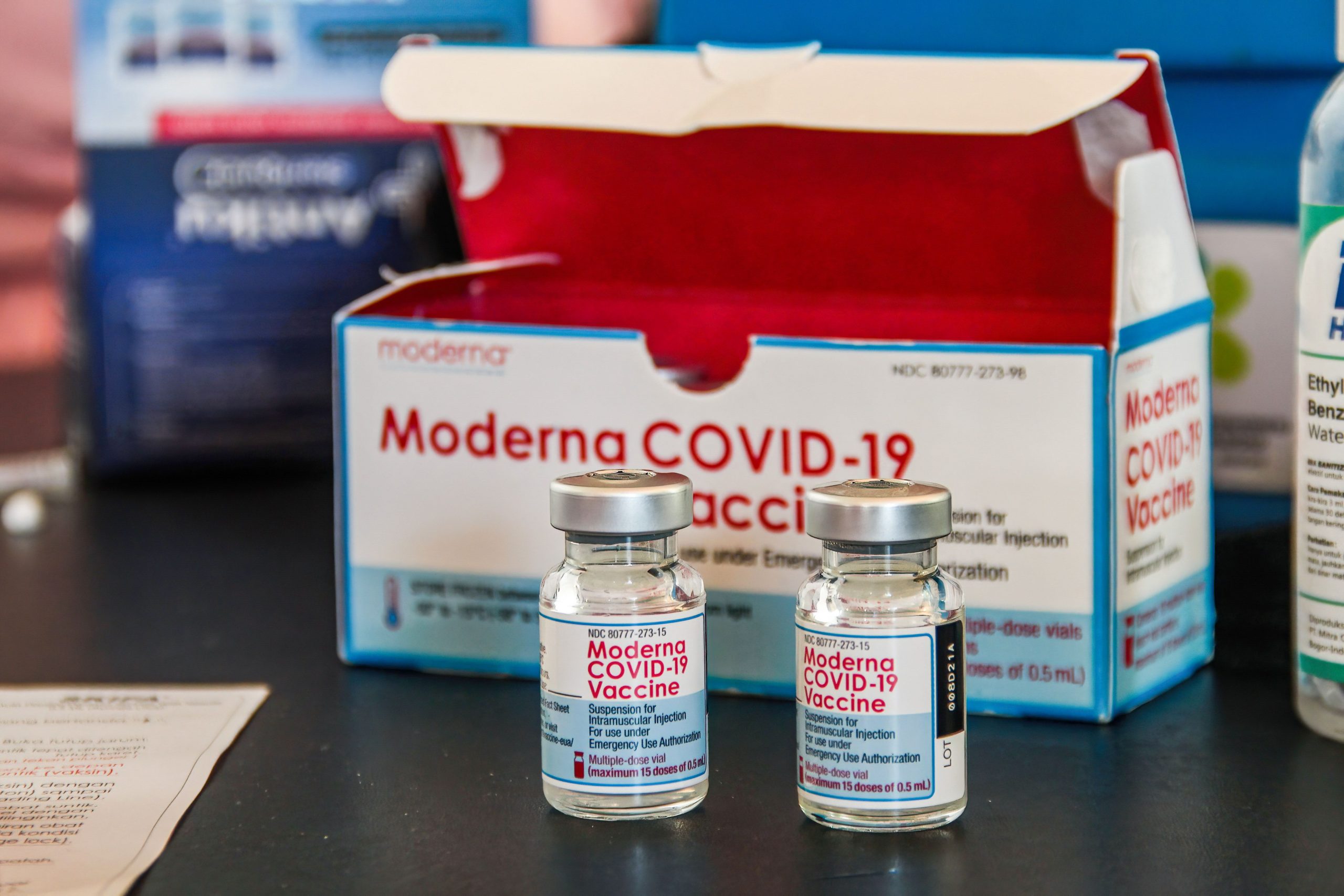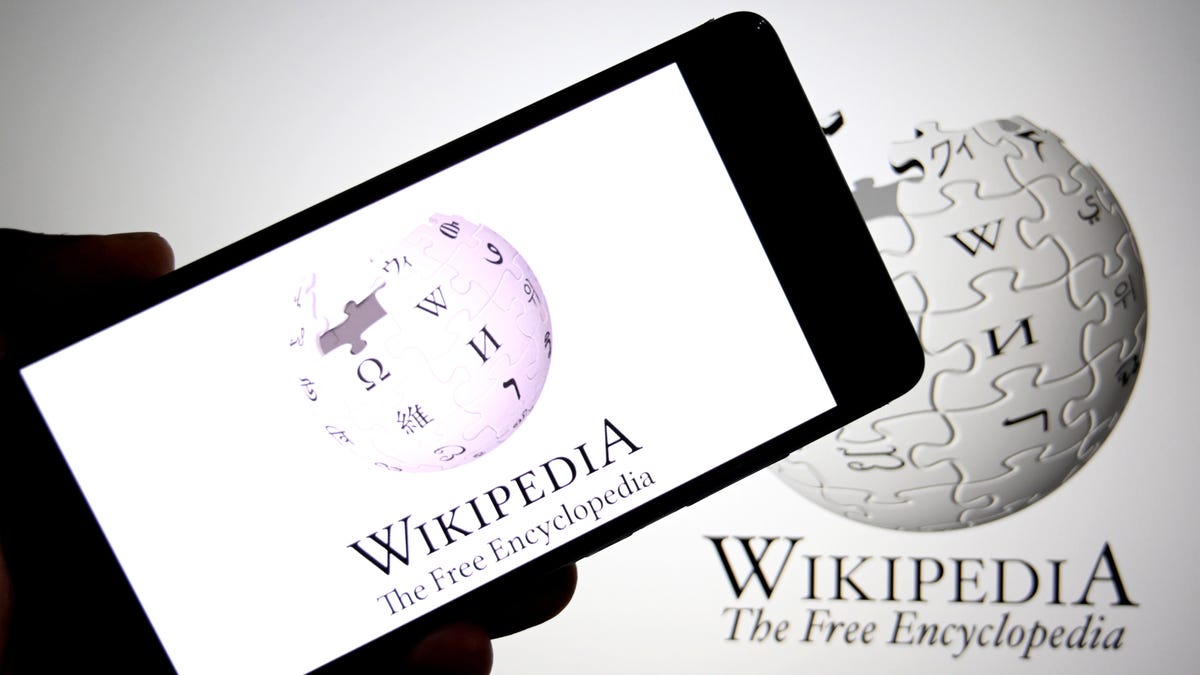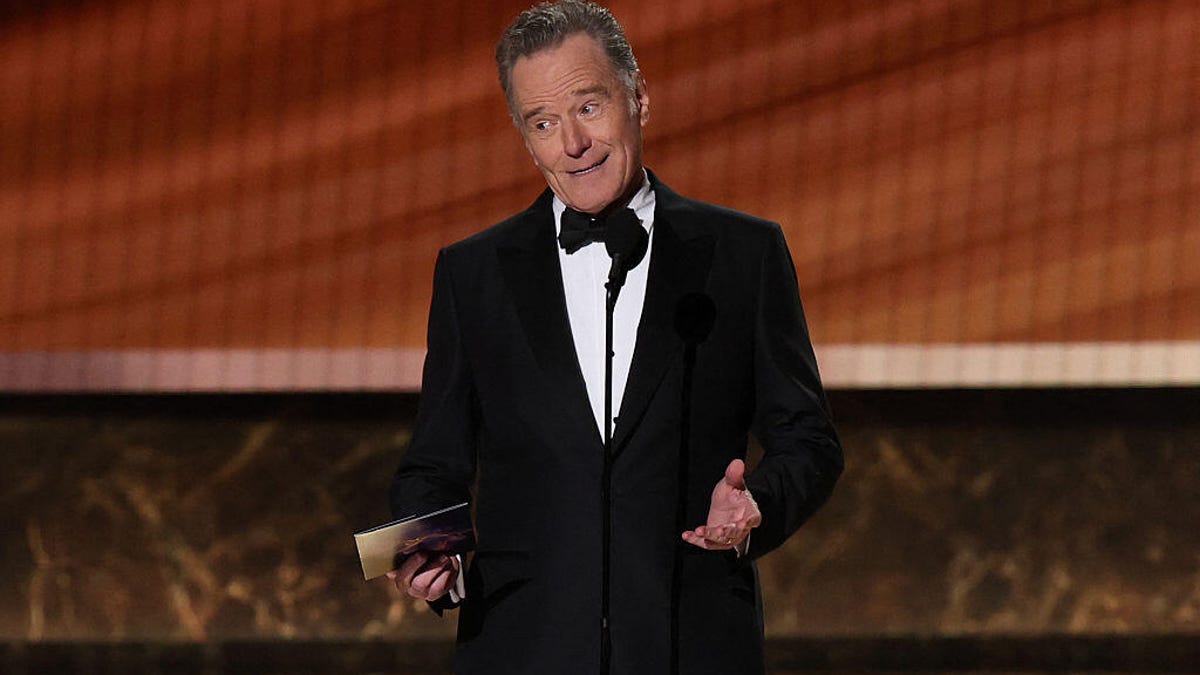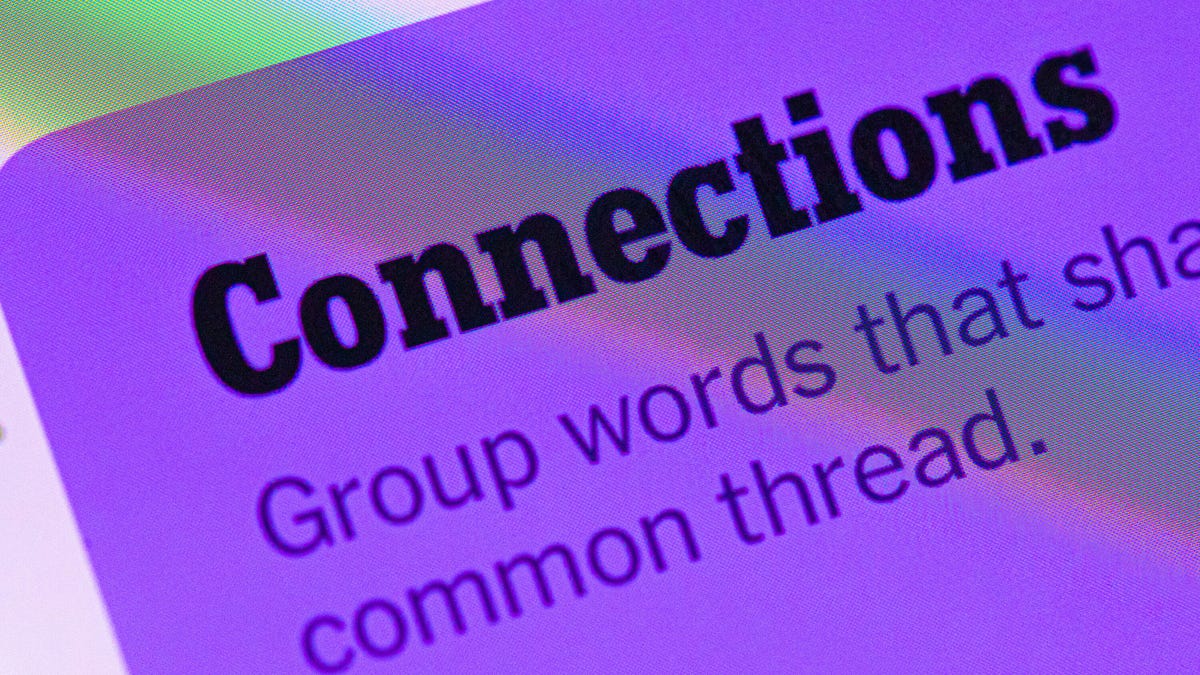Technologies
Moderna booster shot and omicron: CDC guidance, programs, stats to know today
Scientists and health officials strongly urge booster shots for Moderna and Pfizer as the omicron variant of the virus that causes COVID-19 begins to circulate around in the US.

in response to the spread of the omicron variant, more vaccines are going into arms, the Centers for Disease Control and Prevention reported today, than since this summer. With more than 100 million people in the US eligible to receive a COVID-19 booster shot from Moderna of Pfizer, the US is doubling down on COVID vaccine efforts, including administering booster shots. (President Joe Biden’s campaign also includes «free» at-home COVID-19 test kits and stricter travel rules for international travelers.)
«The recent emergence of the Omicron variant (B.1.1.529) further emphasizes the importance of vaccination, boosters, and prevention efforts needed to protect against COVID-19,» the Centers for Disease Control and Prevention says in updated guidance online. «Early data from South Africa suggest increased transmissibility of the Omicron variant and the potential for immune evasion.» The COVID variant has been detected in 18 states so far.
The CDC urges booster shots for anyone over 18 six months after their second dose of Moderna or Pfizer, and two months after getting a single Johnson & Johnson dose.
While much is still unknown about the vaccine response to the new omicron variant, health professionals believe that booster shots from Moderna and Pfizer could help slow COVID’s spread, reducing hospitalization and deaths, as the effects of the vaccine weaken over time.
The COVID-19 vaccines have proven to be highly effective in preventing hospitalization. People who are unvaccinated are 10 times more likely to be hospitalized if infected. With the federal vaccine mandates halted by a court order, Biden is turning to other measures to get booster shots administered. The government has also ordered 13 million courses of antiviral drugs in anticipation of higher case loads.
Here’s what you need to know about the Moderna booster, including doses, side effects and how to get a free ride. For more details, here’s the latest on COVID-19 vaccines for kids, how you can get a free COVID-19 test kit soon, how to get a free ride to your booster appointment and what to know about breakthrough infections.
Should people who are pregnant get a booster shot?
The COVID booster recommendations apply to all people 18 years and older, including people who are pregnant. In fact, the CDC urges pregnant people to get a COVID vaccine — and a booster is half a full vaccine dose.
«People who are pregnant or recently pregnant are more likely to get severely ill with COVID-19 compared with people who are not pregnant,» the CDC says on its website.
A recent study also linked COVID-19 infection in pregnant people to higher risk of stillbirth.
Is the Moderna booster shot a third dose?
Booster shots of COVID-19 vaccines are currently half doses of the same vaccine used in the first two full shots. The goal is to top up the vaccine formula that reinforces the body’s immune response against the virus and its variants. The Moderna booster authorized by the CDC is a 50-microgram dose, while the first two shots were each 100 micrograms.
Moderna is also working on a combination shot that contains this year’s flu vaccine and its COVID-19 booster vaccine, but that’s not available right now.
Is Moderna making an omicron booster shot?
Scientists worry the omicron variant could spread more quickly than the now-dominant delta variant because of the number of mutations the new strain has compared with delta. Moderna is currently working on an omicron-specific booster vaccine, along with testing a COVID-19 vaccine that could protect against several mutated strains of the coronavirus.
Like every other vaccine-maker around the world, Moderna is testing the effectiveness of its COVID-19 vaccine against omicron, but it may be weeks before lab tests show concrete evidence of how well Moderna protects people from the new variant.
As part of its booster testing, Moderna is also investigating whether a 100-microgram dose of its booster provides better protection against the omicron variant — in other words, a third dose rather than a half dose as the booster is currently formulated now.
If Moderna needs to make a new vaccine modified for the variant, it could be available early in2022.
How do I know which pharmacies have Moderna appointments?
Boosters are available at roughly 80,000 places across the country, including over 40,000 local pharmacies. Some 90% of Americans have a vaccine site within 5 miles of where they live.
A terrific free service in conjunction with the CDC sends you information when you text your ZIP code to this number: 438829. The response will show you COVID-19 vaccine locations in your area, along with the brand they carry for certain age groups, for instance, Moderna 18+. This can save you the trial and error of calling around, or showing up to your appointment to find that your booster of choice isn’t available. The text can also give you a shortcut to make your appointment right from your phone screen.
You can also check Vaccines.gov to see which vaccines are available where, and call 800-232-0233 for vaccine information.
How can I get a free ride to get my booster shot?
Lyft and Uber are offering free rides for some people who need them. An easy way to access those links for more information is through the text feature above You can also go to Lyft.com/vax or call Uber at: 855-921-0033.
When is it time to get a booster shot?
If you got Pfizer or Moderna, six months after the date of your second shot listed on your vaccination card is when you’re eligible to receive your booster dose. The CDC and other health authorities are now urging you to get your booster as soon as you’re eligible, to keep your immune response against omicron, delta and other coronavirus variants as strong as possible. Two months after the Johnson & Johnson vaccine is the time for a booster (more below).
On Dec. 2, Biden also outlined a plan for Medicare to contact the 64 million people it serves and for AARP to reach out to its 38 million senior members. Pharmacies like Walgreens, CVS, RiteAid and others will also contact people who got a vaccine at their retail stores when it’s time to schedule another dose.
Who can get a Moderna booster shot right now?
As of Nov. 19, all US adults — those age 18 and older — are eligible to get a booster shot of the COVID-19 vaccine. They qualify if it’s been at least six months since they’ve received a second dose of either the Moderna or Pfizer vaccine. Those who received the Johnson & Johnson vaccine are eligible for a booster dose after two months. Adults are encouraged to get whatever booster dose is available to them, even if that means mixing and matching vaccine boosters (more below), in other words, getting a different booster shot than their original vaccination.
What are the side effects of Moderna’s booster?
According to the CDC, those who got the Moderna booster dose reported fewer reactions than they did after the second dose of the vaccine. In its study, the CDC found 95% of those who got Moderna for the first round of vaccine shots chose Moderna for the booster dose.
Is it safe to mix and match vaccine and booster brands? Yes
The US Food and Drug Administration has authorized mixing COVID-19 boosters, which in the US means Moderna, Pfizer and Johnson & Johnson. Anyone eligible for a booster can get any of the available brands of coronavirus vaccines. If you initially received Johnson & Johnson and it’s been two months or longer since you received the initial dose, you’ll be able to get the Moderna or Pfizer booster. If you received Moderna or Pfizer for your first two shots, you could pick any authorized vaccine available to you — including J&J — if you qualify and it’s been six months or longer since your second shot.
Is the Moderna COVID-19 booster shot still free?
All booster shots will be free, regardless of immigration or health insurance status. However, depending on where you get your booster shot — for example, at a local pharmacy — you may be asked to log your insurance status. You may be asked to provide your insurance card information, including your name, date of birth and membership number. You will not be charged for your COVID-19 vaccine or booster shot.
Will I need another COVID booster shot?
The CDC updated its guidance to say that in 2022, some immunocompromised people will be able to get a fourth COVID-19 booster shot. It’s unclear if other groups will need to get a fourth dose at this time, but guidance could change in light of the omicron variant.
For more on coronavirus treatments and vaccines, here’s what we know about monoclonal antibody treatments, the new federal vaccine mandates and why some people may not want the shot.
What does the Moderna booster shot do?
A COVID-19 booster shot — whether from Moderna, Pfizer or Johnson & Johnson — tops off your immune response and guards against a breakthrough COVID-19 infection as the vaccine’s effectiveness decreases over time.
Recent studies of the Pfizer and AstraZeneca vaccines show that their effectiveness can begin to wane after six months. Moderna said early data suggests that those who received the Moderna vaccine in 2020 are showing a higher rate of breakthrough COVID-19 infections than those vaccinated this year, suggesting the need for a booster to maintain high levels of protection.
The information contained in this article is for educational and informational purposes only and is not intended as health or medical advice. Always consult a physician or other qualified health provider regarding any questions you may have about a medical condition or health objectives.
Technologies
Wikipedia Says It’s Losing Traffic Due to AI Summaries, Social Media Videos
The popular online encyclopedia saw an 8% drop in pageviews over the last few months.

Wikipedia has seen a decline in users this year due to artificial intelligence summaries in search engine results and the growing popularity of social media, according to a blog post Friday from Marshall Miller of the Wikimedia Foundation, the organization that oversees the free online encyclopedia.
Don’t miss any of our unbiased tech content and lab-based reviews. Add CNET as a preferred Google source.
In the post, Miller describes an 8% drop in human pageviews over the last few months compared with the numbers Wikipedia saw in the same months in 2024.
«We believe that these declines reflect the impact of generative AI and social media on how people seek information, especially with search engines providing answers directly to searchers, often based on Wikipedia content,» Miller wrote.
Blame the bots
AI-generated summaries that pop up on search engines like Bing and Google often use bots called web crawlers to gather much of the information that users read at the top of the search results.
Websites do their best to restrict how these bots handle their data, but web crawlers have become pretty skilled at going undetected.
«Many bots that scrape websites like ours are continually getting more sophisticated and trying to appear human,» Miller wrote.
After reclassifying Wikipedia traffic data from earlier this year, Miller says the site «found that much of the unusually high traffic for the period of May and June was coming from bots built to evade detection.»
The Wikipedia blog post also noted that younger generations are turning to social-video platforms for their information rather than the open web and such sites as Wikipedia.
When people search with AI, they’re less likely to click through
There is now promising research on the impact of generative AI on the internet, especially concerning online publishers with business models that rely on users visiting their webpages.
(Disclosure: Ziff Davis, CNET’s parent company, in April filed a lawsuit against OpenAI, alleging it infringed Ziff Davis copyrights in training and operating its AI systems.)
In July, Pew Research examined browsing data from 900 US adults and found that the AI-generated summaries at the top of Google’s search results affected web traffic. When the summary appeared in a search, users were less likely to click on links compared to when the search results didn’t include the summaries.
Google search is especially important, because Google.com is the world’s most visited website — it’s how most of us find what we’re looking for on the internet.
«LLMs, AI chatbots, search engines and social platforms that use Wikipedia content must encourage more visitors to Wikipedia, so that the free knowledge that so many people and platforms depend on can continue to flow sustainably,» Miller wrote. «With fewer visits to Wikipedia, fewer volunteers may grow and enrich the content, and fewer individual donors may support this work.»
Last year, CNET published an extensive report on how changes in Google’s search algorithm decimated web traffic for online publishers.
Technologies
OpenAI Says It’s Working With Actors to Crack Down on Celebrity Deepfakes in Sora
Bryan Cranston alerted SAG-AFTRA, the actors union, when he saw AI-generated videos of himself made with the AI video app.

OpenAI said Monday it would do more to stop users of its AI video generation app Sora from creating clips with the likenesses of actors and other celebrities after actor Bryan Cranston and the union representing film and TV actors raised concerns that deepfake videos were being made without the performers’ consent.
Actor Bryan Cranston, the Screen Actors Guild-American Federation of Television and Radio Artists (SAG-AFTRA) and several talent agencies said they struck a deal with the ChatGPT maker over the use of celebrities’ likenesses in Sora. The joint statement highlights the intense conflict between AI companies and rights holders like celebrities’ estates, movie studios and talent agencies — and how generative AI tech continues to erode reality for all of us.
Sora, a new sister app to ChatGPT, lets users create and share AI-generated videos. It launched to much fanfare three weeks ago, with AI enthusiasts searching for invite codes. But Sora is unique among AI video generators and social media apps; it lets you use other people’s recorded likenesses to place them in nearly any AI video. It has been, at best, weird and funny, and at worst, a never-ending scroll of deepfakes that are nearly indistinguishable from reality.
Cranston noticed his likeness was being used by Sora users when the app launched, and the Breaking Bad actor alerted his union. The new agreement with the actors’ union and talent agencies reiterates that celebrities will have to opt in to having their likenesses available to be placed into AI-generated video. OpenAI said in the statement that it has «strengthened the guardrails around replication of voice and likeness» and «expressed regret for these unintentional generations.»
OpenAI does have guardrails in place to prevent the creation of videos of well-known people: It rejected my prompt asking for a video of Taylor Swift on stage, for example. But these guardrails aren’t perfect, as we’ve saw last week with a growing trend of people creating videos featuring Rev. Martin Luther King Jr. They ranged from weird deepfakes of the civil rights leader rapping and wrestling in the WWE to overtly racist content.
Don’t miss any of our unbiased tech content and lab-based reviews. Add CNET as a preferred Google source.
The flood of «disrespectful depictions,» as OpenAI called them in a statement on Friday, is part of why the company paused the ability to create videos featuring King.
Statement from OpenAI and King Estate, Inc.
The Estate of Martin Luther King, Jr., Inc. (King, Inc.) and OpenAI have worked together to address how Dr. Martin Luther King Jr.’s likeness is represented in Sora generations. Some users generated disrespectful depictions of Dr.…— OpenAI Newsroom (@OpenAINewsroom) October 17, 2025
Bernice A. King, his daughter, last week publicly asked people to stop sending her AI-generated videos of her father. She was echoing comedian Robin Williams’ daughter, Zelda, who called these sorts of AI videos «gross.»
I concur concerning my father.
Please stop. #RobinWilliams #MLK #AI https://t.co/SImVIP30iN— Be A King (@BerniceKing) October 7, 2025
OpenAI said it «believes public figures and their families should ultimately have control over how their likeness is used» and that «authorized representatives» of public figures and their estates can request that their likeness not be included in Sora. In this case, King’s estate is the entity responsible for choosing how his likeness is used.
This isn’t the first time OpenAI has leaned on others to make those calls. Before Sora’s launch, the company reportedly told a number of Hollywood-adjacent talent agencies that they would have to opt out of having their intellectual property included in Sora. But that initial approach didn’t square with decades of copyright law — usually, companies need to license protected content before using it — and OpenAI reversed its stance a few days later. It’s one example of how AI companies and creators are clashing over copyright, including through high-profile lawsuits.
(Disclosure: Ziff Davis, CNET’s parent company, in April filed a lawsuit against OpenAI, alleging it infringed Ziff Davis copyrights in training and operating its AI systems.)
Technologies
Today’s NYT Connections Hints, Answers and Help for Oct. 21, #863
Here are some hints and the answers for the NYT Connections puzzle for Oct. 21, #863.

Looking for the most recent Connections answers? Click here for today’s Connections hints, as well as our daily answers and hints for The New York Times Mini Crossword, Wordle, Connections: Sports Edition and Strands puzzles.
Today’s NYT Connections puzzle has a diverse mix of topics. Remember when you see a word like «does» that it could have multiple meanings. Read on for clues and today’s Connections answers.
The Times now has a Connections Bot, like the one for Wordle. Go there after you play to receive a numeric score and to have the program analyze your answers. Players who are registered with the Times Games section can now nerd out by following their progress, including the number of puzzles completed, win rate, number of times they nabbed a perfect score and their win streak.
Read more: Hints, Tips and Strategies to Help You Win at NYT Connections Every Time
Hints for today’s Connections groups
Here are four hints for the groupings in today’s Connections puzzle, ranked from the easiest yellow group to the tough (and sometimes bizarre) purple group.
Yellow group hint: Deal me in.
Green group hint: I can get that.
Blue group hint: Hoops.
Purple group hint: The clicker.
Answers for today’s Connections groups
Yellow group: Playing cards.
Green group: Takes on.
Blue group: N.B.A. teams.
Purple group: Things you can control with remotes.
Read more: Wordle Cheat Sheet: Here Are the Most Popular Letters Used in English Words
What are today’s Connections answers?
The yellow words in today’s Connections
The theme is playing cards. The four answers are aces, jacks, kings and queens.
The green words in today’s Connections
The theme is takes on. The four answers are addresses, does, handles and tackles.
The blue words in today’s Connections
The theme is N.B.A. teams. The four answers are Bucks, Bulls, Hornets and Spurs.
The purple words in today’s Connections
The theme is things you can control with remotes. The four answers are drones, garage doors, televisions and Wiis.
-

 Technologies3 года ago
Technologies3 года agoTech Companies Need to Be Held Accountable for Security, Experts Say
-

 Technologies3 года ago
Technologies3 года agoBest Handheld Game Console in 2023
-

 Technologies3 года ago
Technologies3 года agoTighten Up Your VR Game With the Best Head Straps for Quest 2
-

 Technologies4 года ago
Technologies4 года agoVerum, Wickr and Threema: next generation secured messengers
-

 Technologies4 года ago
Technologies4 года agoBlack Friday 2021: The best deals on TVs, headphones, kitchenware, and more
-

 Technologies4 года ago
Technologies4 года agoGoogle to require vaccinations as Silicon Valley rethinks return-to-office policies
-

 Technologies4 года ago
Technologies4 года agoOlivia Harlan Dekker for Verum Messenger
-

 Technologies4 года ago
Technologies4 года agoiPhone 13 event: How to watch Apple’s big announcement tomorrow
